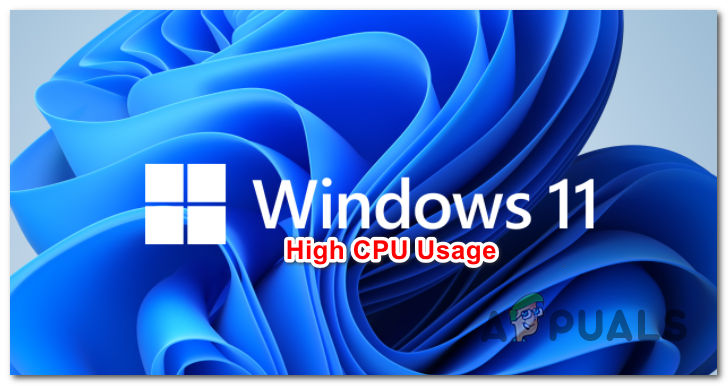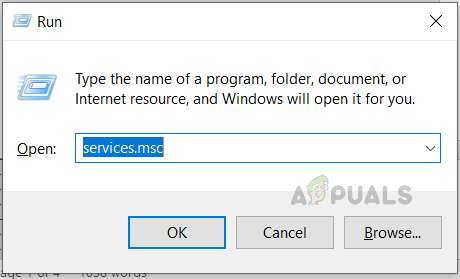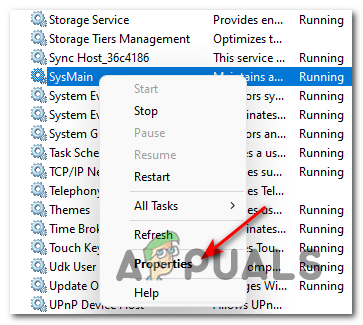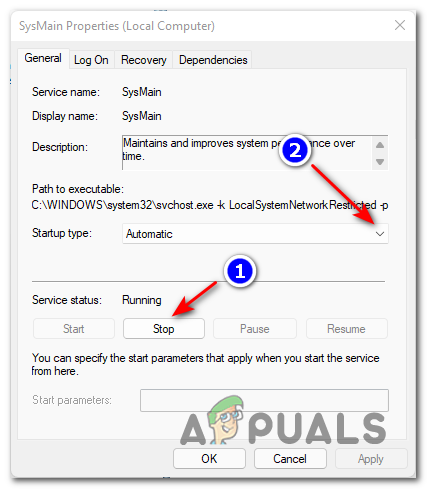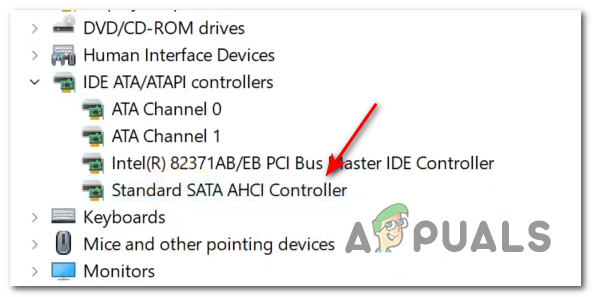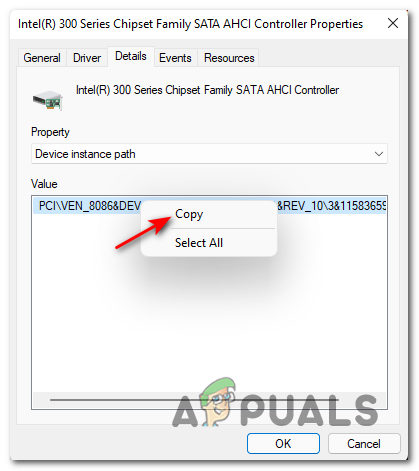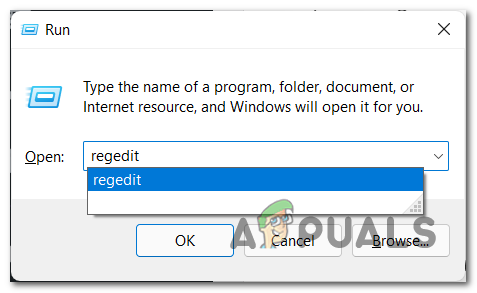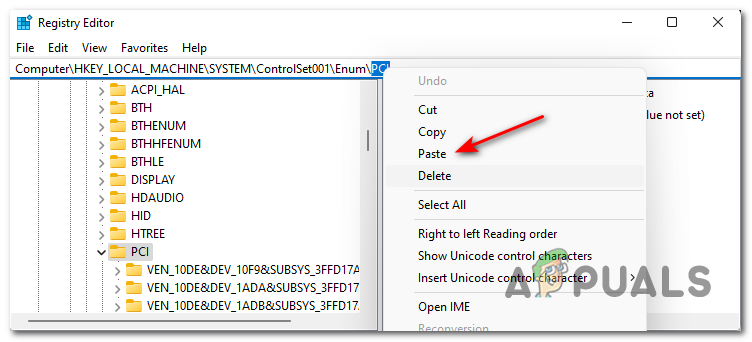Your CPU or Disk usage staying at 100% can have several different causes, but there are only a handful of culprits that are confirmed to cause this type of behavior on Windows 11. Here’s a list of scenarios that are known to cause unreasonably high Disk & CPU usage on the latest operating system released by Microsoft: Now that we went over every potential cause that has the potential of keeping your CPU and Disk at 100% usage on Windows 11, let’s go over a couple of fixes that other Windows 11 users have successfully used to alleviate the problem:
Disable Windows Search
Just as with Windows 10, the number one culprit that likely produces these 100% disk usage issues is the search function. Apparently, the way the search function is designed to always index and keep track of new file entries will end up hogging all the system resources on low-end PCs – This affects both the CPU and traditional HDDs. If the search function is indeed to blame for this particular issue and you’re actively using it, you’re not going to like the resolution. As of now, the only reliable way of stopping file indexing (caused by Windows Search) from hogging all your system resources is to disable the function altogether. This is done via the Services screen – You’ll need to start by stopping the status of the service prior to modifying the Startup type. IMPORTANT: Doing this modification essentially means that you’re giving up on the search function on Windows 11. Your operating system will no longer spend time automatically indexing the files that are stored on your PC. This might fix your disk usage problems, but it will also prevent you from using Windows Search again. If you understand what this modification will do to your operating system and you are ready to enforce this modification, follow the steps below: If the problem is still persisting, move down to the next potential fix below.
Disable Superfetch (Sysmain)
If you already tried disabling Windows Search or you aren’t ready to enforce this compromise, one additional likely culprit that might hogg all your system resources and keep your CPU and Disk usage at 100% is Superfetch (Sysmain). Note: The purpose of this service is to increase the performance of your operating system by preloading apps you frequently use into RAM before you need to use them. While this sounds great in theory and works beautifully on medium & high-end PCs, the same cannot be said for low-end configurations – If you are using a PC with limited RAM (with low frequencies), Sysmain will only make things worse because it will switch the burden from your RAM to VRAM (virtual memory hosted on your HDD or SSD). This will most likely keep your Disk usage at 100% as your PC struggles to pre-load your most frequently used apps. If you find yourself in this situation and you wish to alleviate the problem, the only tradeoff you can make is to prevent Sysmain from pre-loading your apps – This will serve the purpose of freeing up your system resources (especially your Disk Usage). You can disable Sysmain via the Services screen. You’ll need to stop it first before modifying the Startup behavior. Here’s how to do it: If the problem is still not yet fixed, follow the next method below for a different way of lowering your Disk usage on Windows 11.
Disable Native Command Queuing for your SATA AHCI Controller
If the first two methods were not effective in your case, let’s turn our attention to your SATA AHCI Controller driver and investigate either a built-in feature (Native Command Queuing) is not actually making your HDD perform worse than it should on Windows 11. As it turns out, Windows 11 is quite inefficient at allowing HDDs to use native Command Queuing and this failure often results in the drive being stuck at 100%, rendering the PC in a prolonged frozen state. Fortunately, you can fix this issue by doing some Registry Modifications to your SATA AHCI Controller driver so that Native Command Queuing is disabled – This will make your disk drive slightly slower, but it will likely solve any underlying disk usage problem on Windows 10. Important: This method is only recommended for PC configurations using traditional HDDs. We haven’t been able to confirm this particular issue occurring with SSDs and Ultrafast SSDs. Follow the instructions below to disable native command queuing for your SATA AHCI Controller in order to bring down the disk usage on your Windows 11 computer:
FIX: 100% Disk Usage by “System and Compressed Memory” in Windows 10Fix: 100% Disk Usage Windows 10 (June 2022)Fix: Deferred Procedure Calls and Interrupts Service Routines High CPU and Disk…How to Fix High CPU and Disk Usage by wmpnetwk.exe in Windows 7
